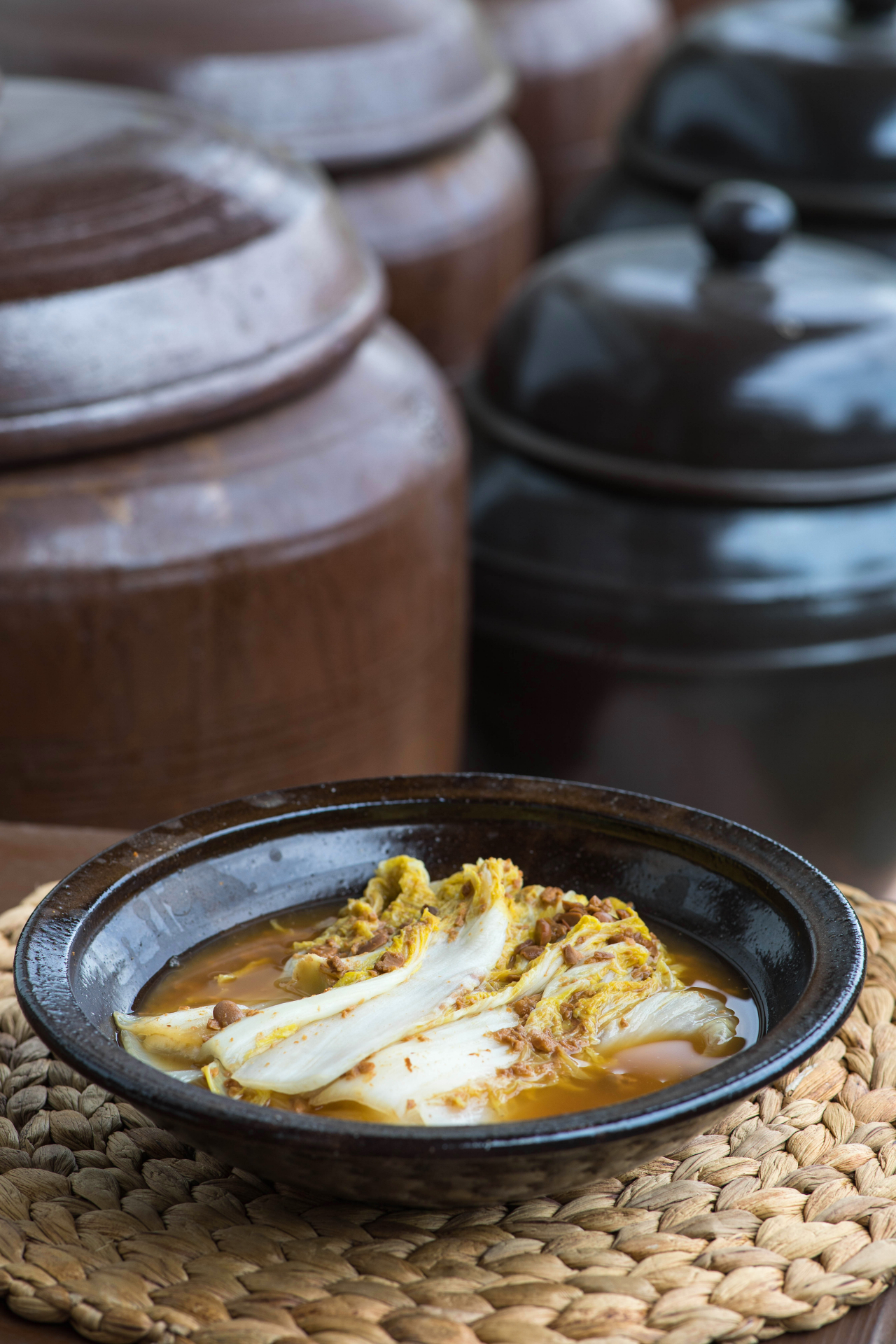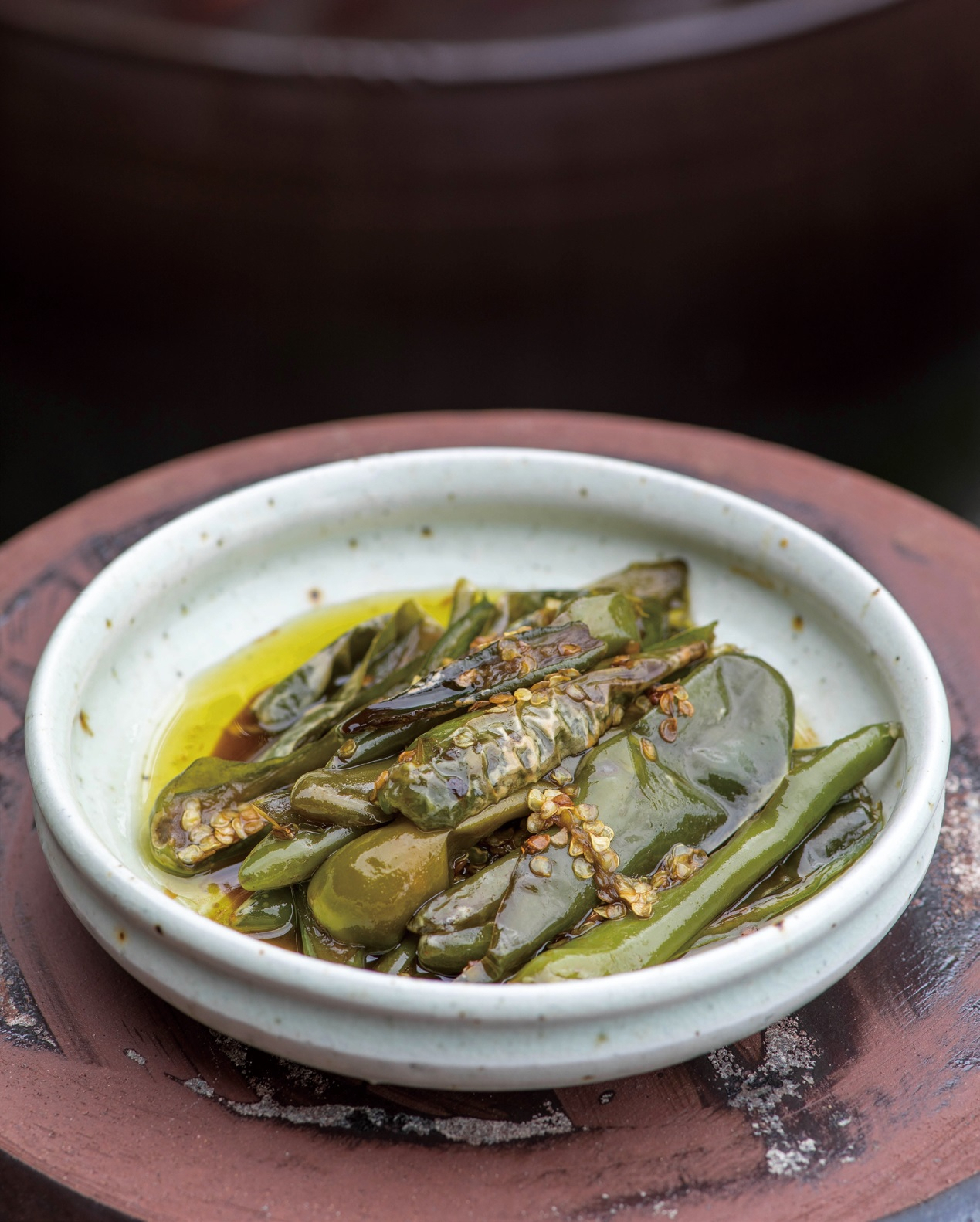Interestingly, what has been recorded about food in Buddhist scriptures significantly overlaps with the content of “Donguibogam (Principles and Practice of Eastern Medicine).”
A scholar who researched and wrote a paper on Donguibogam was surprised to read another paper on temple food by the Ven. Seonjae because he found many similarities. The scholar said, “Heo Jun, the author of 'Donguibogam' and also the royal physician, visited temples and studied how monastics maintained their health and what they ate. Reading 'Donguibogam' I often saw sentences beginning with ‘Seoksi said,’ Seoksi referring to Sakyamuni Buddha.”
“The Buddha was also a physician who knew how to prevent and heal diseases of the body and mind through food. Thousands of years ago, the Buddha said, ‘The source of food is nature, and all lives of nature are the same as ourselves. Thus, we should protect and show consideration for other lives, and we can only be happy when they are happy. When we use natural ingredients that are in harmony with nature, people who eat the food can attain peace of mind,’” the scholar said.
On the other hand, food can be poisonous as well as medicinal. Upon ingesting poisonous food, the poison should be neutralized.
We eat mountain vegetables after blanching or drying them because of this. Veggies purified of poison through these processes are eaten with fermented sauces such as doenjang or ganjang, and their health benefits are augmented.
“Regarding all food as medicine, we should think about the energy and influence that will be imparted by the food we eat. In the case of rice which we eat every day, I heard that a farmer’s hand should touch the rice plant 88 times before it is harvested.
To be able to grow rice a farmer needs soil, water and sunlight. I hope we can reflect on where the food we eat comes from and consume it with gratitude,” the scholar said.

Steamed napa cabbage
Napa cabbages have good energy. Because they have absorbed sunlight through their wide leaves, they have ample vitamins, and their rich fibers help prevent constipation. They also have potassium and minerals.
When napa cabbages are combined with doenjang, a hearty dish is produced which promotes health during the change of seasons.
Ingredients
- 1/4 napa cabbage
- 1 sheet kelp (10x10 cm)
- 2 tablespoon doenjang
- 1/4 cup water
Directions
1. Separate napa cabbage leaves one by one, wash them and drain.
2. Put cabbage, kelp and water in a pot and boil until cabbages are fully cooked.
3. Add doenjang to the stock and boil once lightly.

Braised green chili pepper
Chili peppers are full of vitamins and minerals.
In fall their nutritional value is enriched, and they are regarded as a good ingredient to recover from the fatigue one has accumulated during the hot summer.
Ingredients
- 200 grams green chili peppers
- 2 tablespoon grapeseed oil
- 2 tablespoon soy sauce (ganjang)
- 2 tablespoon grain syrup
Directions
1. Wash green chilies and halve them lengthwise. If too long, halve them crosswise too.
2. Oil a pan with grapeseed oil, add peppers and stir-fry.
3. When peppers are cooked, add soy sauce and grain syrup. Continue stir-frying so that the seasonings are absorbed.
Provided by Cultural Corps of Korean Buddhism
-------------------------------------------------------------------
Temple food is food of the ascetics who express gratitude for all forms of life and wish for peace for the whole world. The Cultural Corps of Korean Buddhism operates the Korean Temple Food Center where guests can learn and experience temple food. -- Ed.





![[Graphic News] More Koreans say they plan long-distance trips this year](http://res.heraldm.com/phpwas/restmb_idxmake.php?idx=645&simg=/content/image/2024/04/17/20240417050828_0.gif&u=)